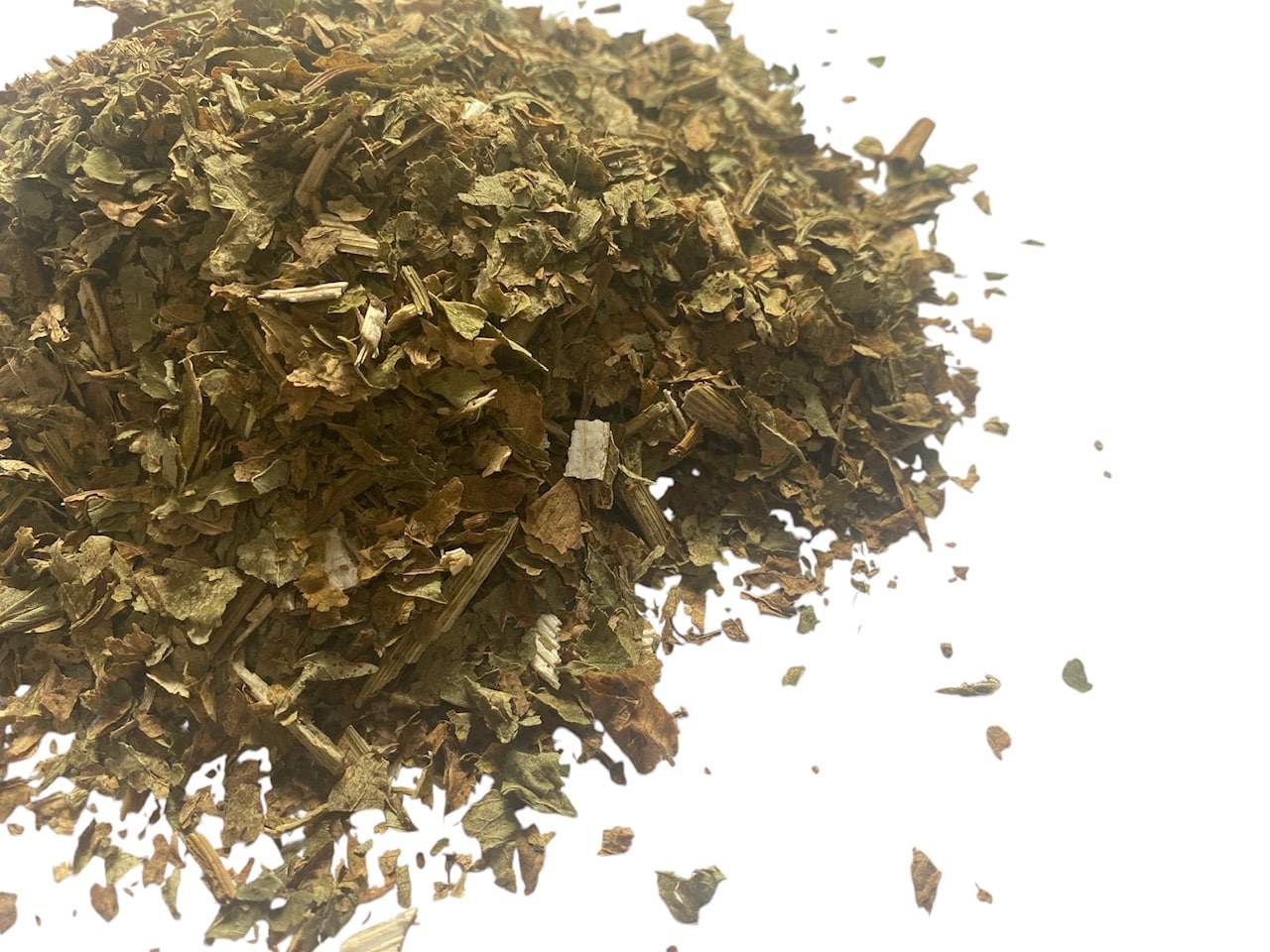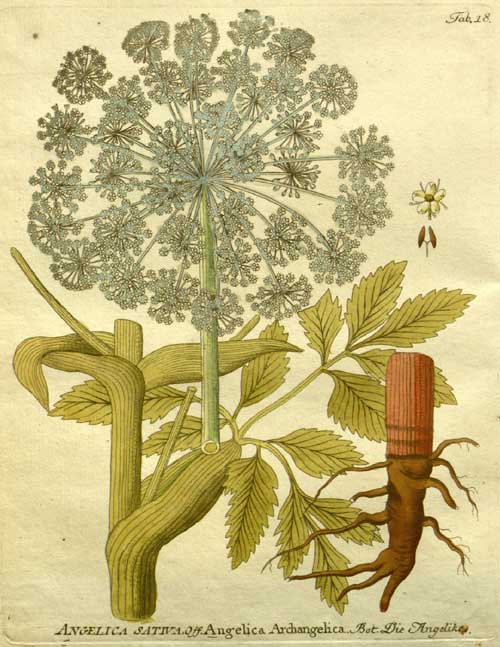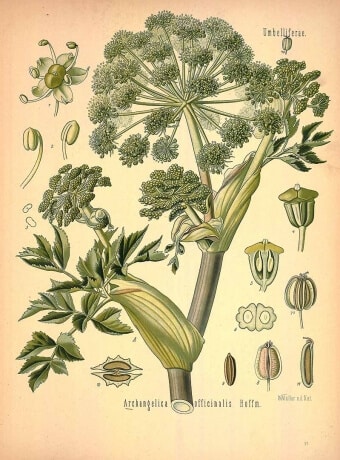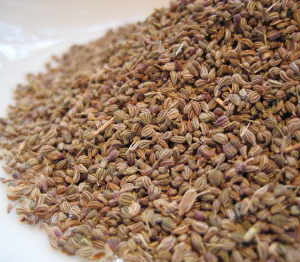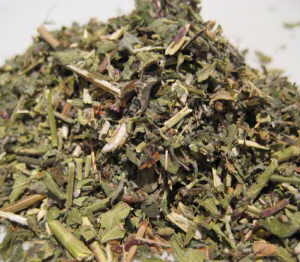Angelica Leaf Cut (Angelica archangelica)
£8.00
Angelica Leaf
Angelica archangelica
Also known as Wild Parsnip, Holy Ghost Root or Archangel Root
100 grams
Angelica Leaf (Angelica archangelica) is sometimes known as Wild Parsnip, Holy Ghost Root, Garden Angelica, Wild Celery, and Norwegian Angelica is used extensively in herbal medicine.
It grows wild in northern climes but is cultivated in central Europe, most notably in France.
Uses for Angelica Leaf :-
The main constituents of Angelica are the volatile oils, valeric acid, angelic acid, angelicin, safrole, scopoletin, and linoleic acid, making it useful in the treatment of fevers, colds, coughs, flatulent colic and other stomach disorders. A medicinal infusion made from stems, seeds, or root is carminative, diaphoretic, emmenagogue, sedative, stomachic and tonic.
Angelica contains vitamin B12, Zinc, Thiamin, Sucrose, Riboflavin, Potassium, Magnesium, Iron, Fructose, Glucose, and many other trace minerals.
Externally it is used as a medicinal gargle for sore throats and mouths and, particularly, the leaf, as a medicinal poultice for broken bones, swellings, itching and rheumatism. An infusion of Angelica leaf, used as a wash for the face, is said to prevent acne. A powder made from the dried root or leaf is used for athletes foot, as well as an insecticide and pesticide.
It has an antibacterial action, preventing the growth of various bacteria.
It is used to flavour many liqueurs such as Chartreuse and Bénédictine and the Scandinavian Aquavits but is also used in cookery to flavour omelettes and jams. The sugared stems are used as decoration.
| Best Before | Aug 25 |
|---|---|
| Harvest | Sep 22 |
| Batch Code | JF22898A |
| Country of Origin | UK |
